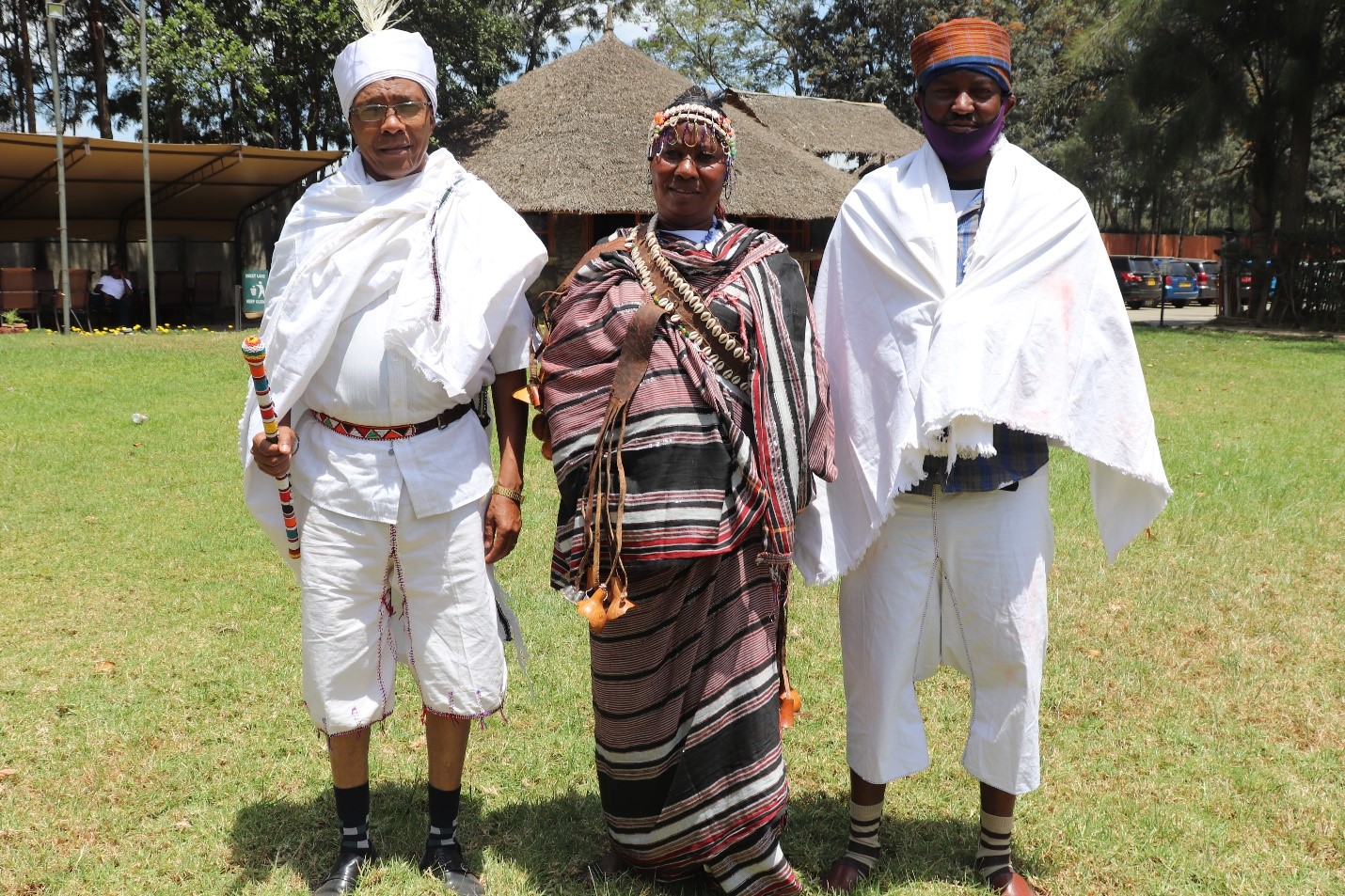
COMMUNITY PROFILE
The Wayyu Community live in Northern Kenya and Coastal Region and occupy 9 counties including Marsabit, Isiolo, Tana River, Mandera, Garrisa, Lamu, Kilifi, Taita Taveta and Kwale
The word ‘Wayyu’ means ‘first born/sacred/Holliness/godliness. They believed that they were the first people to be created by God in the world. It was the actual and the original name from the derogative name of ‘Watta/Waata’. The name ‘Waata/Watta’ has brought about negative social and political impact on the whole community; this is because;
- It is believed to mean beggars, thieves, poor, hunter and gatherer, lower in quality, useless and shameful one.
- It really lowered the dignity and respect for the whole community which made some members to flee to other communities like Boran, Gabra and other communities they live among them.
- It was believed to lack the capability to lead others either politically or socially.
However, Wayyu Community were/are the same community referred to with many derogatory misnomers such as walangulo/wasanye ,Boni, and Awer due to their hunting and gathering practices. In 2013, this erroneous/derogative name of Watta/Waata was changed to the original name called Wayyu. This inauguration ceremony was held in Ethiopia with the presence of Abba Gadas (overall authority) and leaders from different tribes in Ethiopia, namely; Wayyu, Boran, Guji, Gabra Migo, Burji, Wolallagga, Arsi, Garri, Konso, Meriam, Degodia, and Tirge.
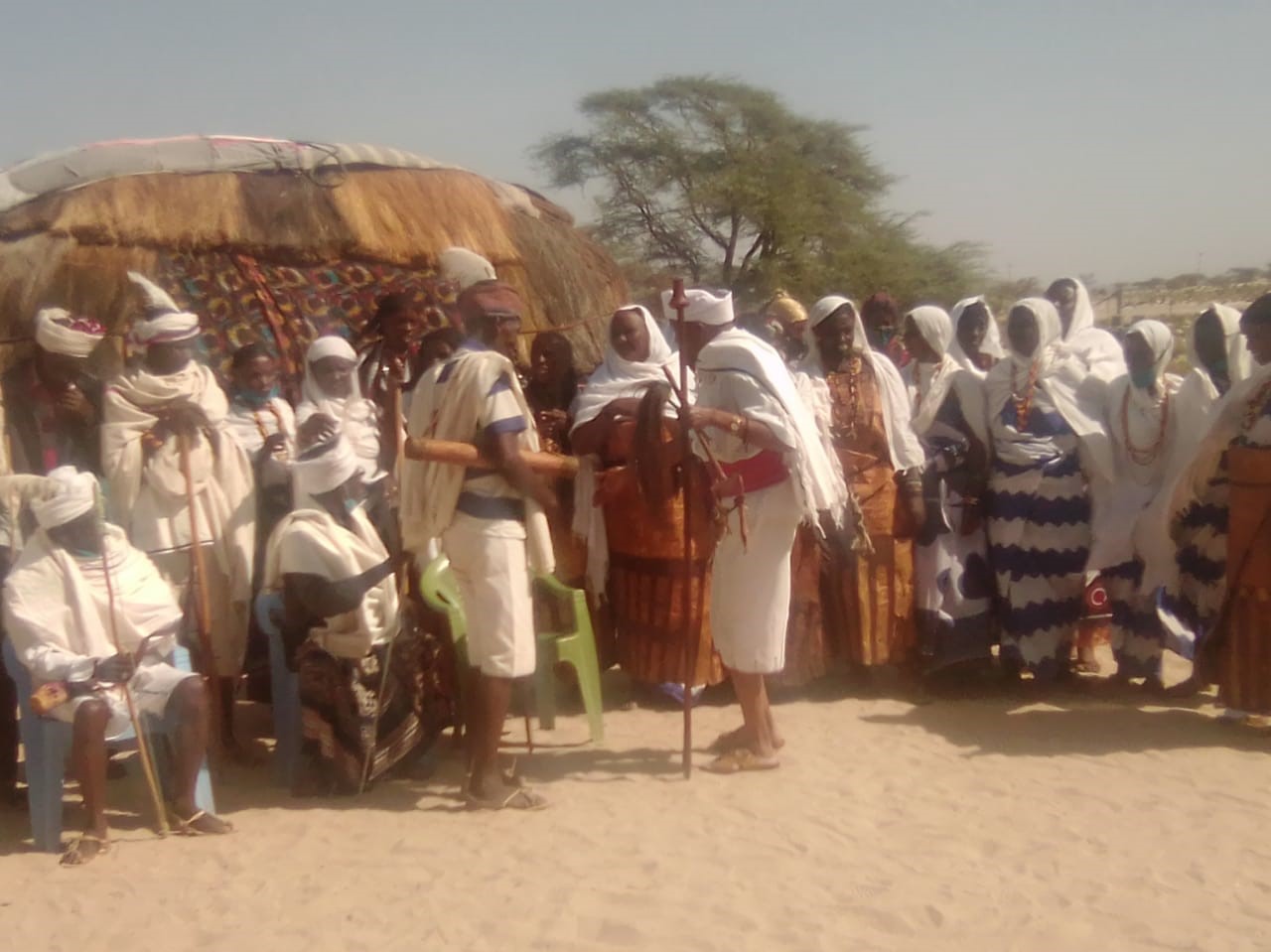
They Wayyu are 3,760 in number.
Historically, they are hunters and gatherers community who inhabited the forest lands/mountains as cultural shrines. They depended on hunting and honey for their livelihood, medicine and cultural practices. They also eat the meat of killed animals; they use their skins for clothes, ropes, bags, shelter, beddings and bow strings. Wayyu used animal horns to make cups and trumpet for gathering or calling people together for any cultural ceremonies, meetings, and dances/songs. They also feed on dried meat, herbs, honey, wild fruits, and roots for their livelihood to. They lived in small hunting groups but since the prohibition of hunting in the Wildlife Conservation and Management Act No. 47 of 2013 they have digressed into farming and livestock and small businesses. The effect of this act and other forests act have resulted in preventing Wayyu from practicing their traditional hunter-gatherer way of life, thus threatening their very existence in this country.
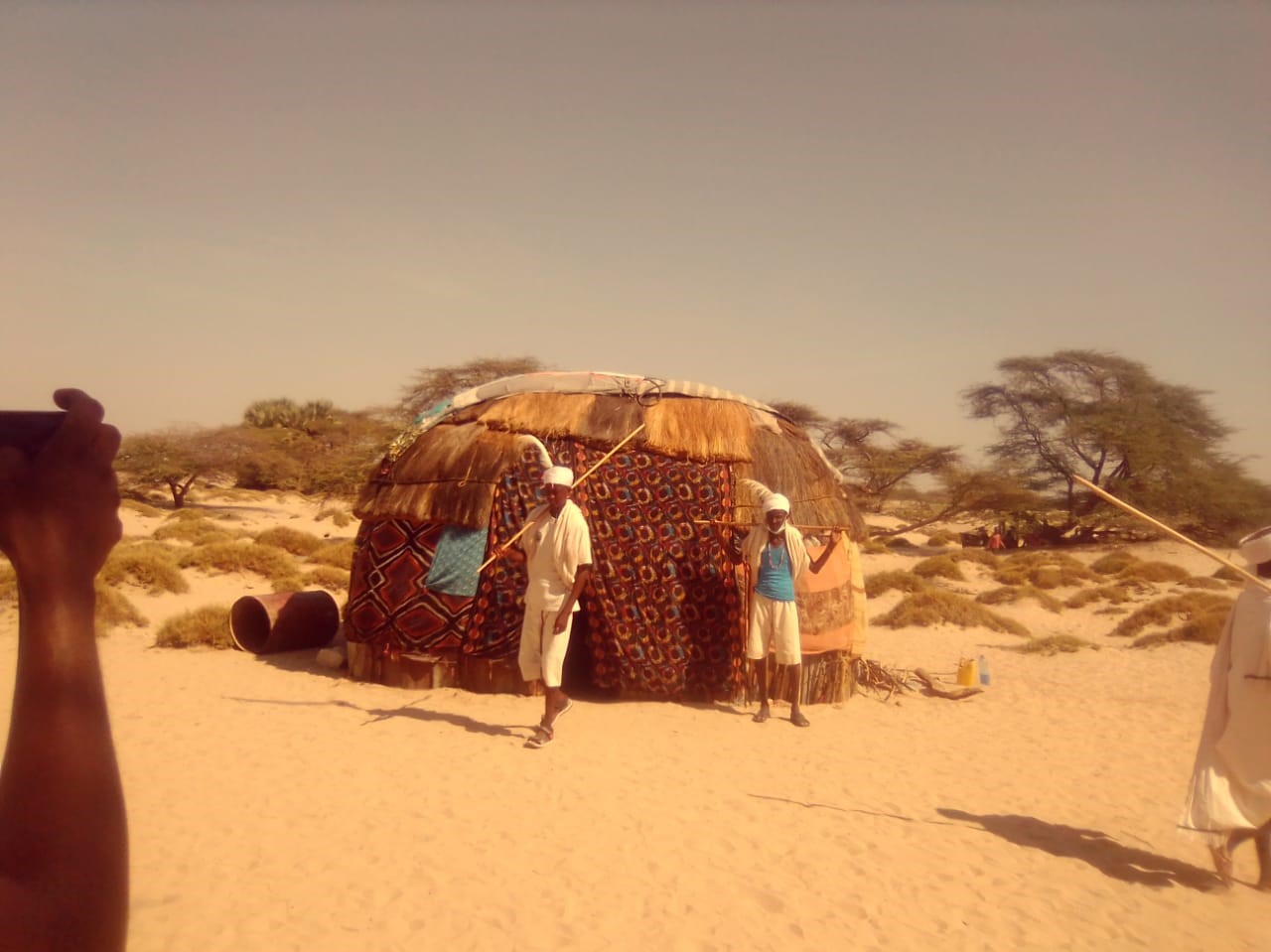
Culturally they practice circumcision for both genders. Circumcision is done at the age of 18 years and above for both boys and girls. This is the period where youth mark their age set after every 8-years cycle. This 8-year cycle goes with Abba Gada tenure of office. The Abba Gada later retires but remains an advisor to his successor. Marriage takes place after circumcision. In fact, the Bantu and other language groups adopted the culture of circumcision from the Wayyu, a group that had already advanced into areas of Mount Kenya. This group was called the Gumba, short people in Nature.
Dowry payment is an integral part of the Waayu culture and involves payment of 5 cows including 3 heifers and 2 bulls. One bull is given to an elderly uncle.
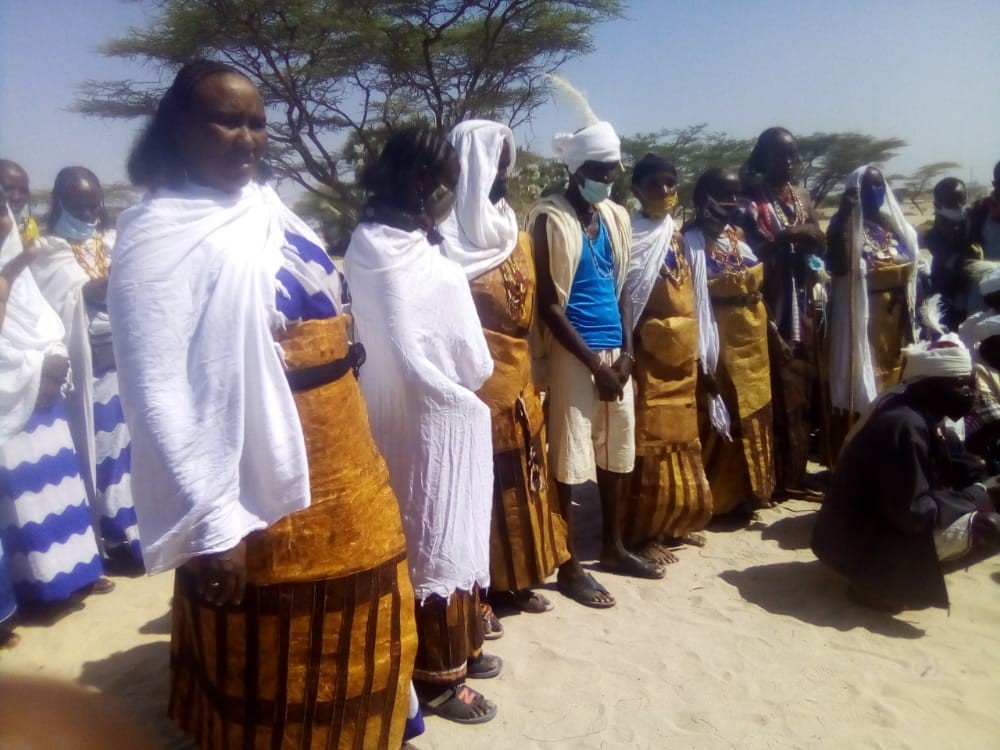
Having migrated to different parts of the country and intermarried with other communities, Wayyu lost their identity and language, only a handful can speak the native Wayyu dialect while majority of them speak Boran/Oromo language, the dominant ethnic group they live with in Ethiopia and Kenya. They have attached themselves to Boran clans and other tribes and in the process they have become completely dispersed. However, they are few in numbers, they play a unique role in some trades and rituals especially in cultural ceremony of Boran like in marriage, naming ceremonies and sacrifices. For example, afresh fire is lit by a Wayyu clansman to open up the ceremony and later a feast is held.
The Wayyu have several clans, namely; Gafsata, Workura, Sagan, Chako, Basille,Tiyole, Shishiro, Tomol, Shamma, Kodhele, Qochota, Aqoqi, Gabsata, Egen and Rogabbla with the overall leader called Abba Gada in Ethiopia and whose roles are both spiritual and cultural and a symbol of authority elected by the council of elders in Ethiopia. As an overall leader of the community, he stays in Wayyu Wondo as his Headquarters and administers his authority to all Wayyus both in Kenya and Ethiopia.Wayyu Wondo became their permanent home and even today, the Wayyu Community from all over the world maintain strong ties with this area. All their important shrines and their political headquarters are based here.
Wayyu had five (5) distinctive Yaa hunting groups located in different location including Ethiopia. These five (5) Yaa have different cultural rituals and well organized cultural leadership hierarchy headed by Hayyu an equivalent of a governor in a region while Abba Gada is equivalent of a king who administers his authority to all Wayyus, whether they are in Ethiopia, Kenya or in the entire world. He rules with a council of ministers called Maqal and retired Abba Gadhas as his chief advisors to run the society. The role of Hayyu is to see to it that the members of this community cooperate and work together as one community in terms of needs and other cultural obligations. He also oversees that all members of the community keep their communal laws by adhering to norms, and values of this society in his region of jurisdiction. In other words, he is a Supreme Judge assisted by the Council of Elders in settling disputes according to set rules and regulation of this community.
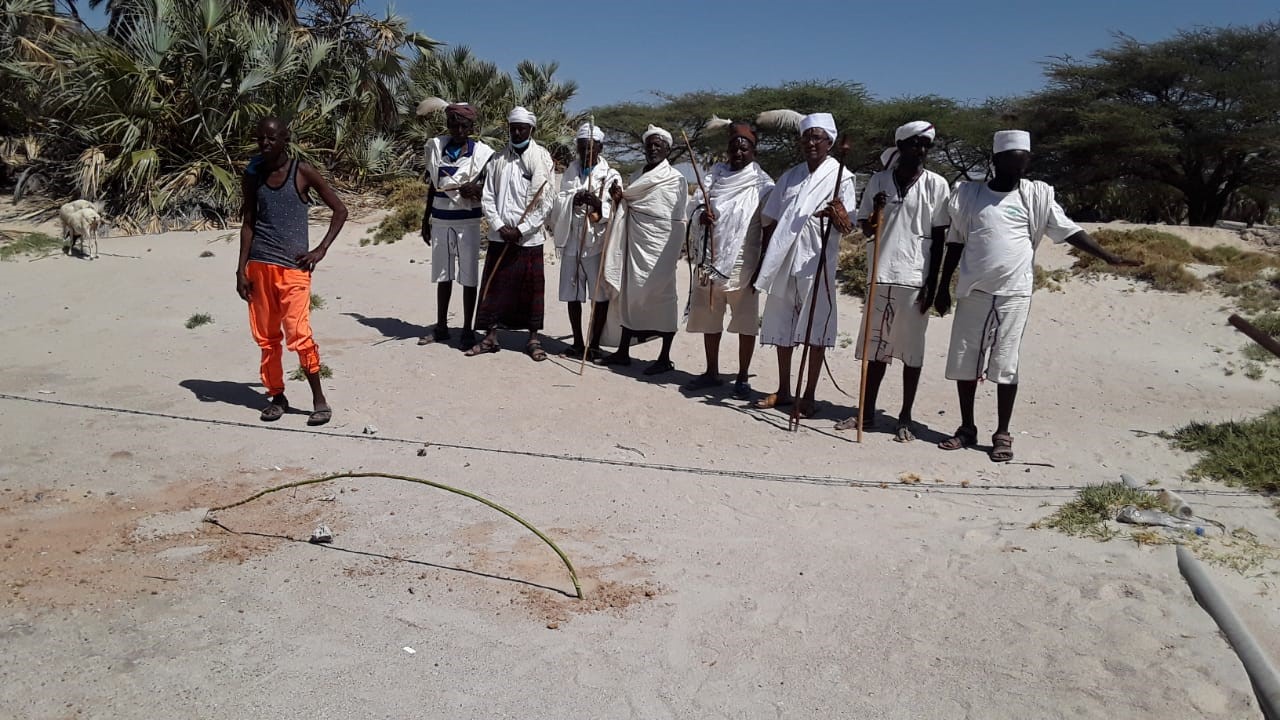
The five Yaas and where they stay in their sacred places are as follows:
NAMES OF YAA SACRED PLACES
Karayu wayyu Abbo——————————Aabbo Borolle
Yaa Kodele——————————————Liban
Yaa Karayu——————————————D’arito
Yaa Wayyu Malbe———————————-Arwey-D’akachom
and Yaa Wayyu Dirre——————————Wolchama ligo
All the above Yaa are situated in Ethiopia except Yaa Aabbo Borolle which is in Sololo, Kenya. These Yaas are purposely designed and located for religious and cultural rites had to be performed and practiced. In essence, it is a sacred and holy place for worship.
However, Wayyu Community is banking on the findings of 2019 Census Report and subsequent recognition as an ethnic community in Kenya with code 046 on 30th September, 2018, to bridge the marginalization gap. The purpose of this code was to get equal share of country’s resources and job opportunities in both National and County Governments. The recognition came at a time when the Wayyu are preserving their fast eroding dialects, culture, customs and traditions and would give impetus to pass on their knowledge to the young ones. Due to lack of sensitization and awareness on the change of name from Waata/Watta to Wayyu, many of them registered under other communities while others remained in Watta/Waata which lowered the population of Wayyu to 3,760people (Kenya Census Report, 2019).
In the world view, Wayyu Community of Ethiopia and Kenya were also recognized, in an annual Indigenous Peoples Fellowship Program of 2016, organized by office of the UN High Commissioner for Human Rights in Geneva, Switzerland. This participation was legally processed in recognition of Wayyu Community by Ethiopian Government and UN body (OHCHR). This fellowship was for all the world’s Indigenous Peoples where Wayyu Community was registered as one entity/community at this UN body and the Attorney General of Kenya could attest to this at UN Human Rights Commission Headquarters in Geneva, Switzerland. In this conference, legal framework, policies and better living standards of indigenous Minorities of the world were discussed and approved for action and implementation.

